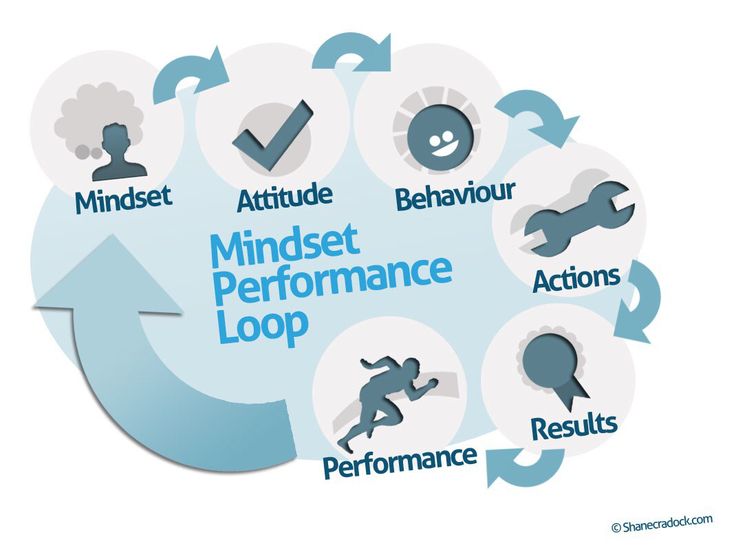If a man empties his purse into his head no one can take it away from him. An investment in knowledge always pays the best interest ~ Benjamin Franklin
What is knowledge? Is it the information we gather from various sources available in today’s always-on and seamlessly connected world? Is it the data we deal with in our daily life?
Well, not really! Data is the raw material used to create information. Information is just data in context. Information and Data are not Knowledge until we know how to extract value out of it. Knowledge is the understanding the significance of Information, filtered through people’s skills acquired through experience, and trends and patterns.
How we extract value out of available data and information, and how we club this with lessons learnt through experiences, ideas and competencies, is where knowledge management comes into play.
Knowledge management is the disciplined approach to achieve organizational objectives such as improved performance, competitive advantage, innovation, sharing of lessons learnt and continuous improvement by managing knowledge as a strategic asset. It focuses on processes such as identifying, creating, representing, sharing knowledge and enabling adoption of insights and experiences. It is a dynamic approach as Knowledge depends on how, when, and from where it is acquired.
Organizations now clearly believe that Intellectual capital is a strategic and valuable asset that can be managed as effectively as physical assets which will set them apart from their competitors and drive their success.
So, how do we establish Knowledge Management and its underlying philosophies within an organization? The key is in bringing cultural change within the organization by making it knowledge based, working with people to increase their ability in the organization to influence others with their knowledge and encouraging free flow of ideas.
Here are five key considerations to take into account to set up an efficient Knowledge management framework in the organization:
Consideration #1 : Identify the Key drivers for KM
Key drivers for KM are:
- Mergers/ Acquisitions/ Downsizing
- Employee Attrition
- Globalization
According to data from Deallogic, U.S. companies have spent $219 billion on mergers and acquisitions so far (February) in 2013, a sharp increase from 2012, when firms spent just $85 billion during the same period. And U.S. firms are slated to have the biggest year in M&A activity since 2000.
In such an environment, it becomes highly important to manage different knowledge models of two organizations getting merged or involved in acquisition. And if the merger is between the companies who were formerly competitors, the strategic alliances that are formed between competitors to pursue an opportunity, the workforce, the changes in technology, global teams and diverse stakeholders, are just a few of challenges we face without a proper KM framework in place.
Employees who leave the organization take their knowledge with them which actually results in Knowledge attrition for the organization. And there a challenge is to establish a system for knowledge transfer or transition before employee exit to avoid the cost of ramping up new employees. In absence of knowledge assets, learning curve for new employees becomes even more difficult.
Global culture and global environments necessitate virtual teams – this demands knowledge sharing and seamless accessibility to the stored knowledge irrespective of location. E-learning is one of the effective mediums for managing knowledge across the globe.
Identifying the key drivers for KM in the organization helps in arriving at the mission and the appropriate frameworks that best fit the organization.
Consideration #2 : Focus on What Values KM can add
Many successful organizations fail to realize full value from their investments in projects by not learning lessons in the process. This further means that organizations then fail to continue those processes that were successful in the process and fail to discontinue those that resulted in errors and rework ~Ernst & Young (2007)
Every project/process offers several learning opportunities to generate knowledge and increase both individual competencies and organizational assets. A creative approach to KM can result in improved efficiency, higher productivity and increased revenue. Structured knowledge management provides the following business benefits:
- Improved customer satisfaction with fastest response times
- Ideas can be shared and innovation encouraged
- Decision making is improved with access to facts and past experiences
- Enhanced Cross team communication and inter functional problem solving
- Redundant processes and process handling are reduced, hence business operations becomes more effective and margins improve
- Ultimately revenues increase by getting services and products faster to the market
Business operations performance improvement and revenue gains as a result of KM are indicated by numerous organizations, for e.g. Ford Motor accelerated its concept-to-production time from 36 months to 24 months and the flow on value of this has been estimated at US $1.25 billion, The Dow Chemical Company saved $40 million a year in the re-use of patents, Chase Manhattan, one of the largest banks in the US, used Customer relationship management KM initiatives to increase its annual revenue by 15%, and Pfizer credits KM practices for discovering the hidden benefits of the Viagra drug.
Look at the processes in your organization and identify the specific benefits in the short and long-term that knowledge management could bring in to the business. It is important to tie in the knowledge management initiative to measurable impact to gain agreement and support from key stakeholders in the organization.
Consideration #3 : Define clear objectives of KM
Before you jump into KM, you must first gain clarity on what you are doing and why and then spread the awareness around the objectives. The message should be absolutely clear without any ambiguities which will help in building strong trust and credibility. Creating a successful brand around a KM initiative takes a lot of effort – the cultural immune system of any organization is highly volatile when it comes to knowledge sharing and collaboration. The main factor that contributes to the volatility is the fact that technology is breaking the barriers and conventional hierarchy is losing its influence. People take the “knowledge is power” adage too seriously and hoard the knowledge sometimes – thinking that sharing the knowledge would result in loss of their control or influence. KM is all about bringing cultural change. Hence it is important to define the objectives and build the awareness and enthusiasm around these to make people more comfortable to become active participants of the KM initiative. Motivating people by recognizing the value of employee’s knowledge and by rewarding them for it not only benefits KM but also improves employee retention rates.
As per International Data Corp (IDC), following are the top objectives for knowledge management initiatives:
- Capture and share best practices
- Enhance internal collaboration
- Improve Customer relationship management
- Better Competitive intelligence
- Build Intellectual capital
Consideration #4 : Ensure data accuracy and completeness
Data quality is a critical aspect of knowledge management, source and accessibility of data to KM should happen in a defined and structured manner. If the quality of data is questionable, the value of data goes down and if major decisions are made based on this data, these actions may wrongly influence organization’s objectives. Data is a valuable organizational asset and should be managed carefully by ensuring adequate quality, integrity, security, availability and effective usage.
Assess the current state at each stage of the Process and define guidelines for right data, right time and right tools and infrastructure to arrive at high quality and accurate data for your KM initiative.
Consideration #5 : Earn a strong Fan Base to drive KM acceptance
Buy in from people at all levels is required for knowledge management to be a success. Creating a strong case study on the benefits of using KM helps – Identify a willing group and implement a set of initiatives around KM (e.g. Knowledge Map, Build taxonomy to capture the K- Map, Identify SMEs, and scout for content and disseminate the same) and build a story around the same. This will be like a story board where the user narrates a live example of a crisis or some critical situation and how KM has intervened and helped. Also create a picture of current state and the desired state and how this gap is narrowed down by implementing a structured KM. For example the project can be an application maintenance services for a client. The kind of skills required (L1, L2 etc) in terms of managing the applications, number of tickets generated around each of the technology area within the application and resolving the customer issues can noted down. Now bring in the KM system and process and observe the change like reduction in number of tickets, L1 person handling L2 tickets etc. Map the same to productivity numbers. This has a high impact as people can relate to their own situation and will be open to try KM out.
Use Metrics wisely. A perfect blend of qualitative and quantitative metrics should be available to the management to assess the current level of improvement – either top line (revenue) or bottom-line (customer satisfaction through higher productivity). This justifies the investment that an organization is making in terms of resources and technology infrastructure that supports the KM framework. Theorizing the intangible nature and value of Knowledge Management will not convince the leaders as much as measurable indicators that prove the business benefits will.
In summary, every organization wants to perform at its best in delivering products and services with enhanced gross margins, reduced cycle times and in maintaining consistently delighted, satisfied customers. Knowledge Management can act as one of the catalysts in speeding up the process of achieving these organizational objectives.
The value of Knowledge Management relates directly to the effectiveness with which the managed knowledge enables the members of the organization to deal with today’s situations and effectively envision and create their future – Gene Bellinger
What are your experiences with KM setup in your organizations? What challenges have you faced in KM establishment? Would love to hear and learn from you.
T0day’s post is a collaborative effort with Kavita Verma and Ramprakash L – both of whom are SMEs in this area. Thank you, Kavita and Ram for your inputs.





